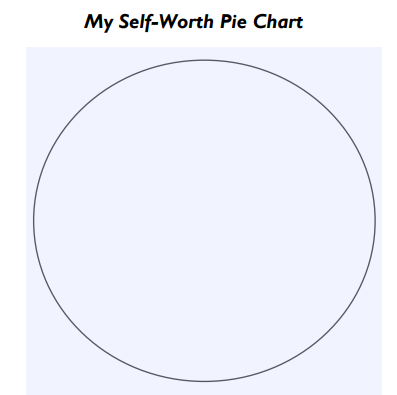Done is Better Than Perfect: Breaking the Cycle of Perfectionism
In our last article, we explored the various ways that perfectionism might hinder our lives and the factors that fuel our desire to chase unrealistic standards. Now, let’s take a look at some of the ways that we can begin to challenge perfectionistic tendencies and move towards a more balanced approach to goals.
Solidifying the need for change:
1.) What are the positive consequences that perfectionism brings to my life? E.g.- People praise me for my work ethic, setting high standards motivates me etc.
2.) What are the negative consequences that perfectionism brings to my life? E.g.- Poor work/life balance, low self-esteem, procrastination etc.
3.) How might letting go of perfectionistic standards improve my life? Eg- less stress, more time with family, better self-worth etc.
4.) How might letting go of perfectionistic standards negatively impact my life? Eg- feeling uncomfortable with delegation etc.
Completing this exercise is often a helpful way for us to see how positive changes occur when we allow ourselves to let go of control. Hopefully, at this stage you are feeling ready to begin implementing changes to tackle perfectionistic tendencies.
Tackling perfectionistic behaviours:
A gradual approach to behaviour change has been shown to lead to the most sustainable results. Once you have picked an area of your life, try to think of a few steps that would allow you to work towards your goal. For example- maybe your goal is to be less perfectionistic with regards to housework. In that case, you may choose that your first goal is to reduce the amount of times you hoover in a day from twice daily to once daily. Once you’ve achieved this, your next goal might be to allow your partner to help with the hoovering (even if they don’t do it to your standard!), finally your last goal might be to allow yourself to skip a day of hoovering every once in a while.
Challenging unhelpful thoughts: The ABC Analysis
As you begin to challenge perfectionistic behaviours, you may begin to notice difficult thoughts and feelings arise. For example, perhaps you reduce your hoovering from twice daily to once daily and you have the thought “You’re being lazy- everyone will think your house is dirty!”. Instead of allowing this thought to dominate your thinking, try completing an “ABC analysis”:
A stands for “activating event”- this is the situation that made you feel anxious or upset. In this instance, the activating event is reducing hoovering.
B stands for “beliefs”- these are the thoughts that follow the activating event. In this instance, the belief is “I’m lazy and others will judge me for not cleaning the house”.
C stands for “consequences”- these are the feelings you felt and the things that you did after the unhelpful belief arose. For example- perhaps you felt anxious and ashamed so you resorted to scrubbing the house from top to bottom.
Try to think of a situation recently in which perfectionism affected how you think, feel and/or act:

More detail of the “Thoughts on Trial” exercise can be found in our article on “Negative Automatic Thoughts”.
Re-evaluating the importance of achieving:

How do you feel about your pie chart? Don’t worry if there are areas that you wish to change, we all have to start somewhere! Completing the pie chart activity every few months can be a great way to see how you progress over time.
Embracing other areas of life:
If completing the pie chart highlighted that certain aspects of your life (eg- job, weight/shape, fitness etc) have a large influence on your internal self-worth, it may be useful to think about how you can extend other areas of your life. Think about activities and interests you would like to take part in, simply for fun- rather than for performance. Each week, pick a few activities that you can do that don’t rely on performance in order to bolster self-esteem. This can be as simple as getting creative in the kitchen, visiting a new park to walk or seeing a new movie. After each activity, think about how you were feeling before and after the activity- we are more likely to repeat the activities that bring us joy!


